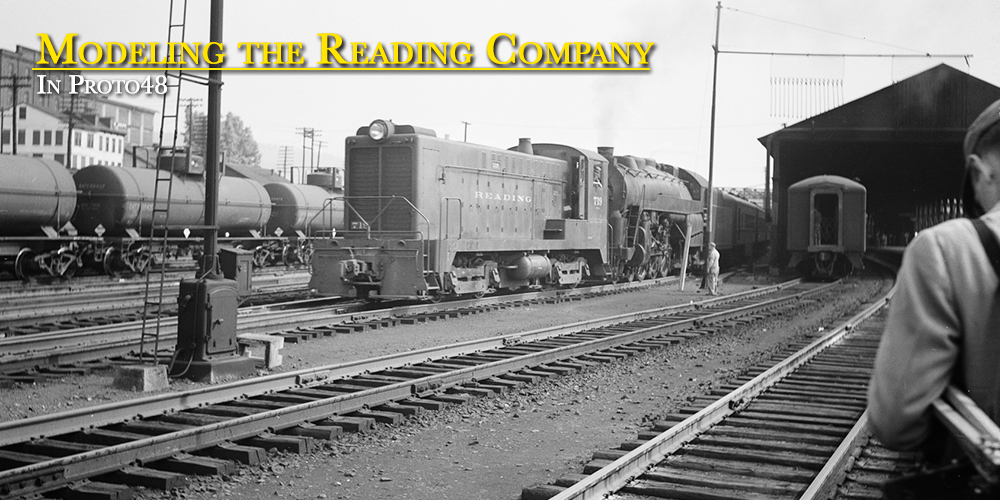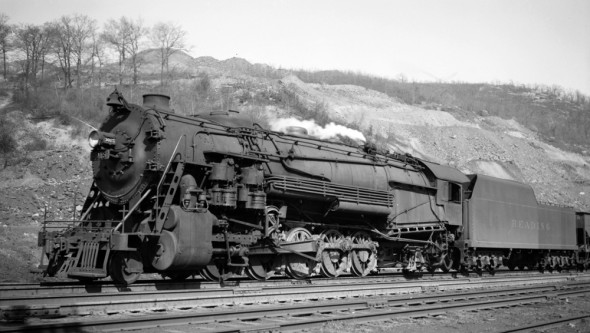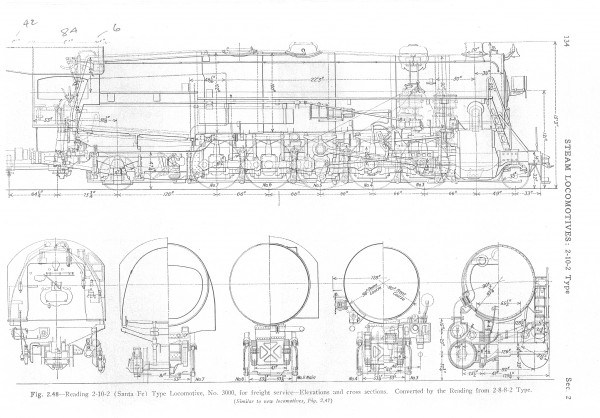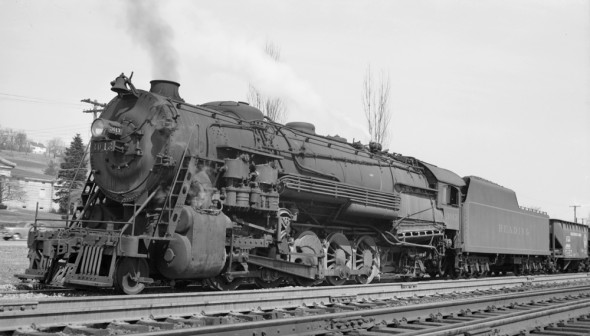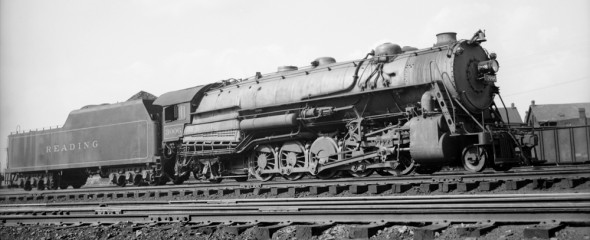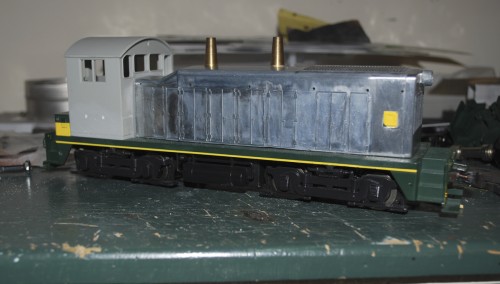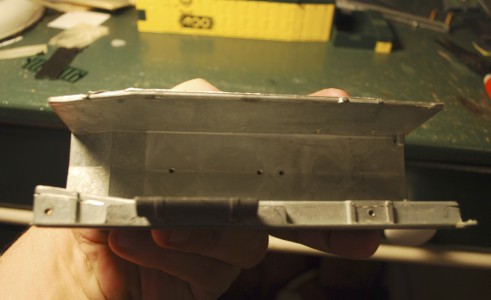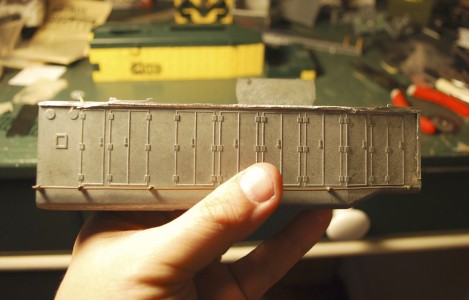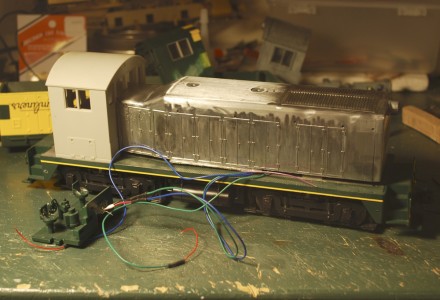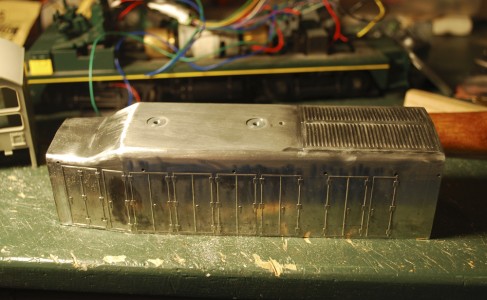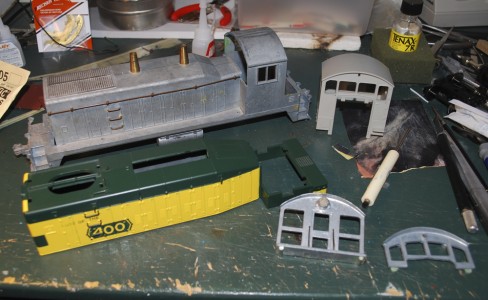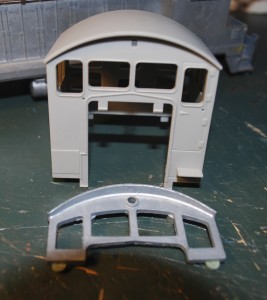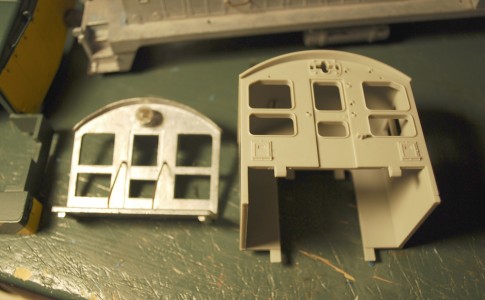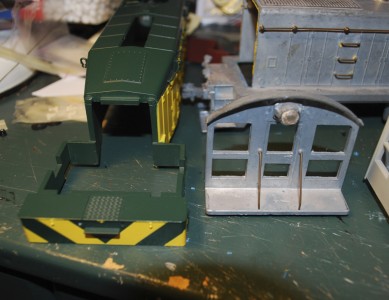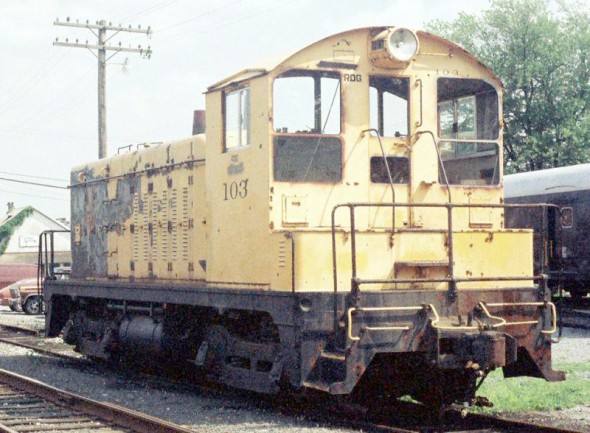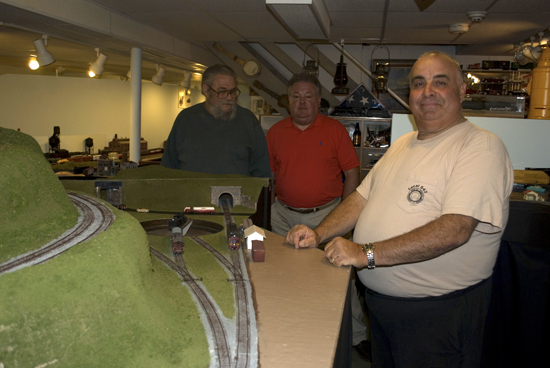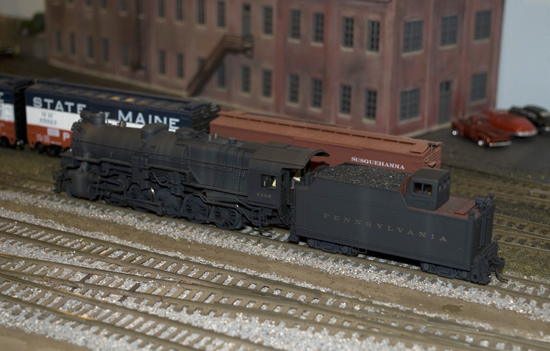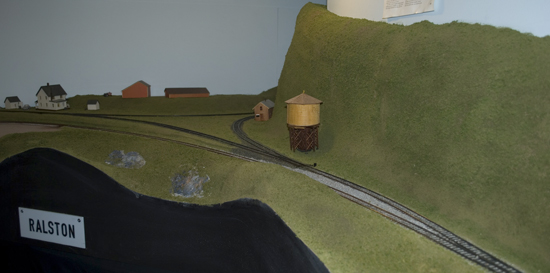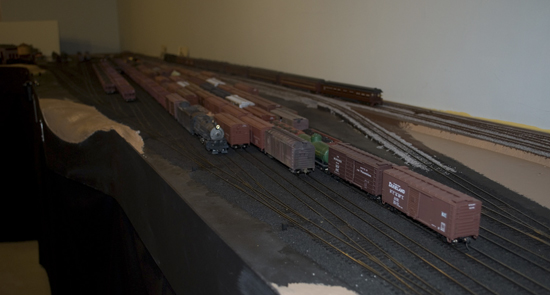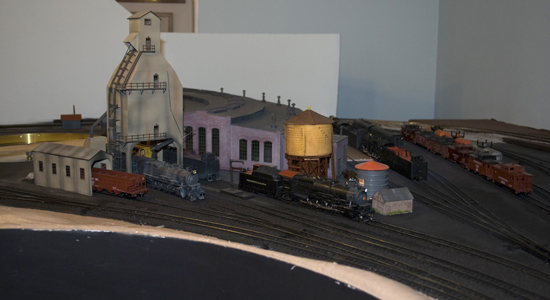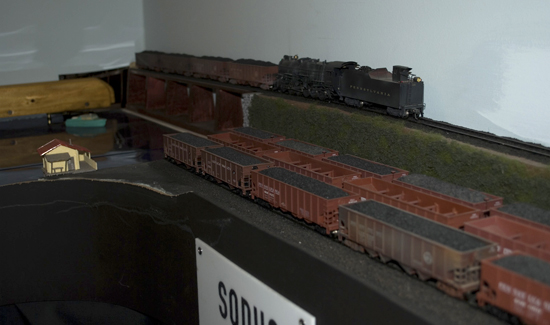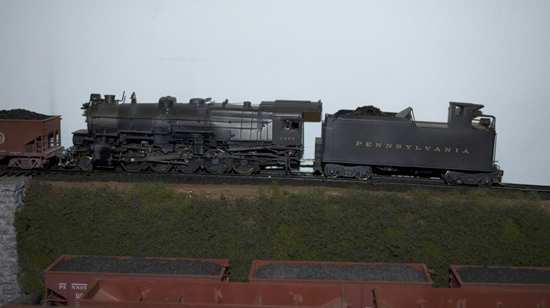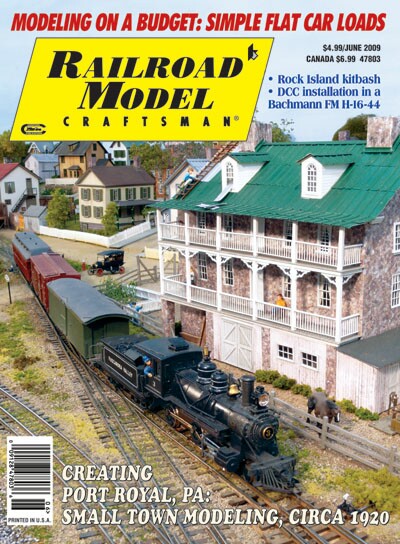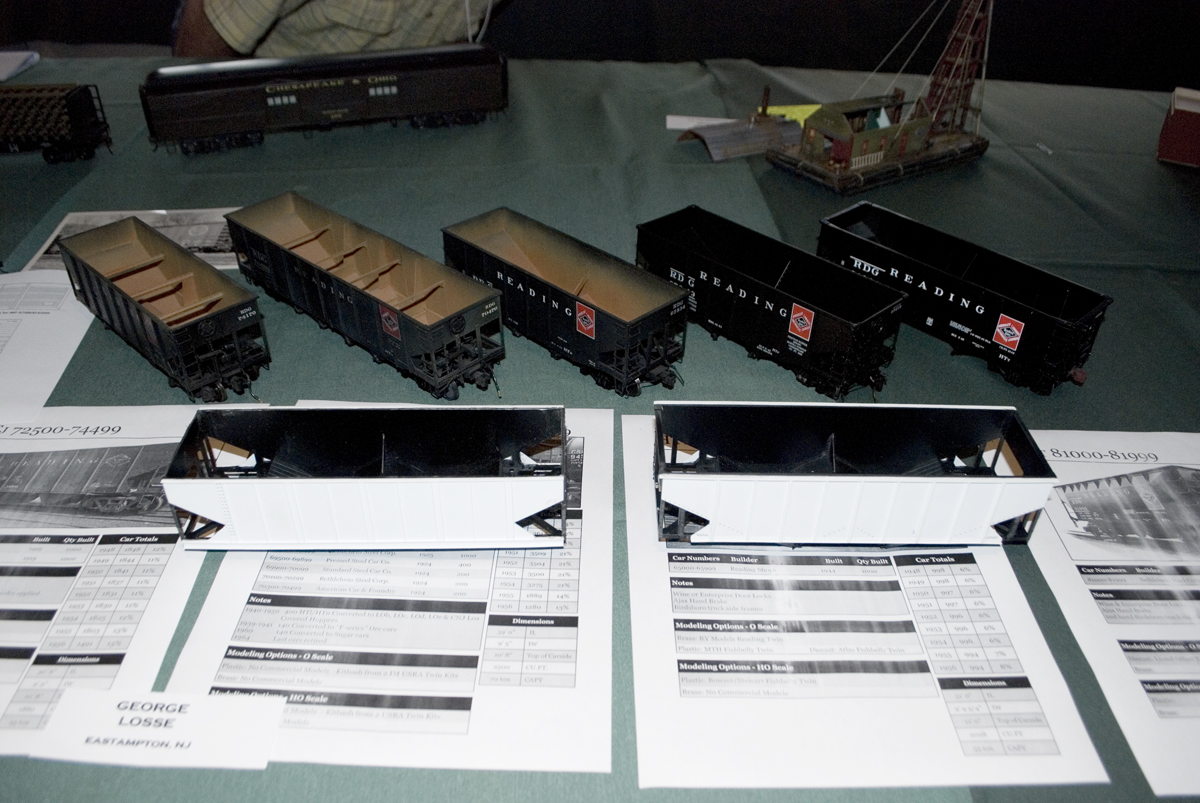The first of my O scale PRR models sold today and it’s not an April Fool’s day joke.
I have always thought of myself as a PRR modeler. I’ve been building and collecting O scale models of PRR equipment for over twenty-five years. About five years ago I began to focus my model building on a particular branch and a fixed period in time, The PRR Elmira Branch in 1956. This caused a refinement/thinning of the collection. Models that did not fit the time frame or location were sold off and appropriate models were bought.
I did well at the last National selling/trading off surplus models and aquiring models for the Elmira Branch. Since the National I have on a number of occasions talked about one Reading Caboose that I thought about buying but didn’t. I didn’t talk about the two Steam Locomotives that joined the roster, I talked about the one caboose that wasn’t even needed for the proposed railroad.
I have struggled with a layout design for the last two years. I have been trying to find a way to fit in more Reading models into the layout. Thinking maybe the interchange at Williamsport might be enough. It wasn’t enough.
So, I started to look at the PRR Shamokin Branch. Plenty of I1sa running, lots of hopper cars moving, so it looked like a good fit. But as I explored the branch more and learned more about it. I started to shift my focus/research from PRR as main modeling interest to the Reading as the main modeling interest.
Actually, I’ve had more fun researching the Reading these last three months since shifting to the Shamokin area then the last 15 years worth of modeling the PRR. So now I have to think of myself as a Reading Modeler.
“SRF” ? doesn’t sound right….
